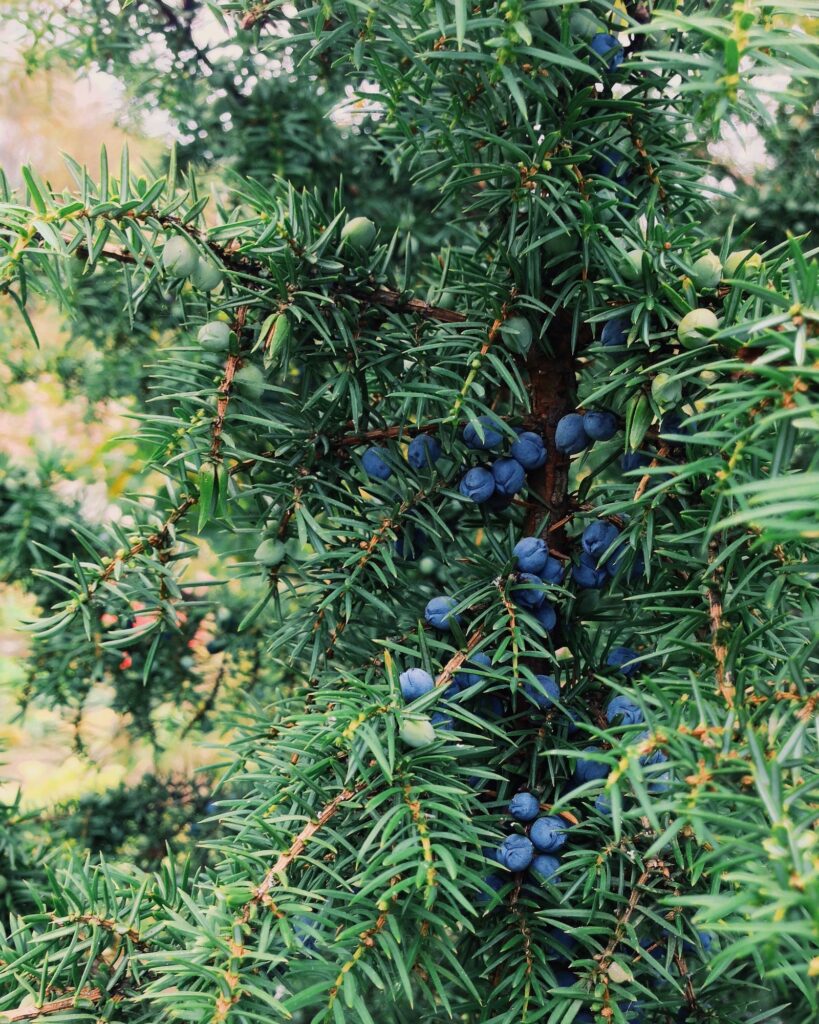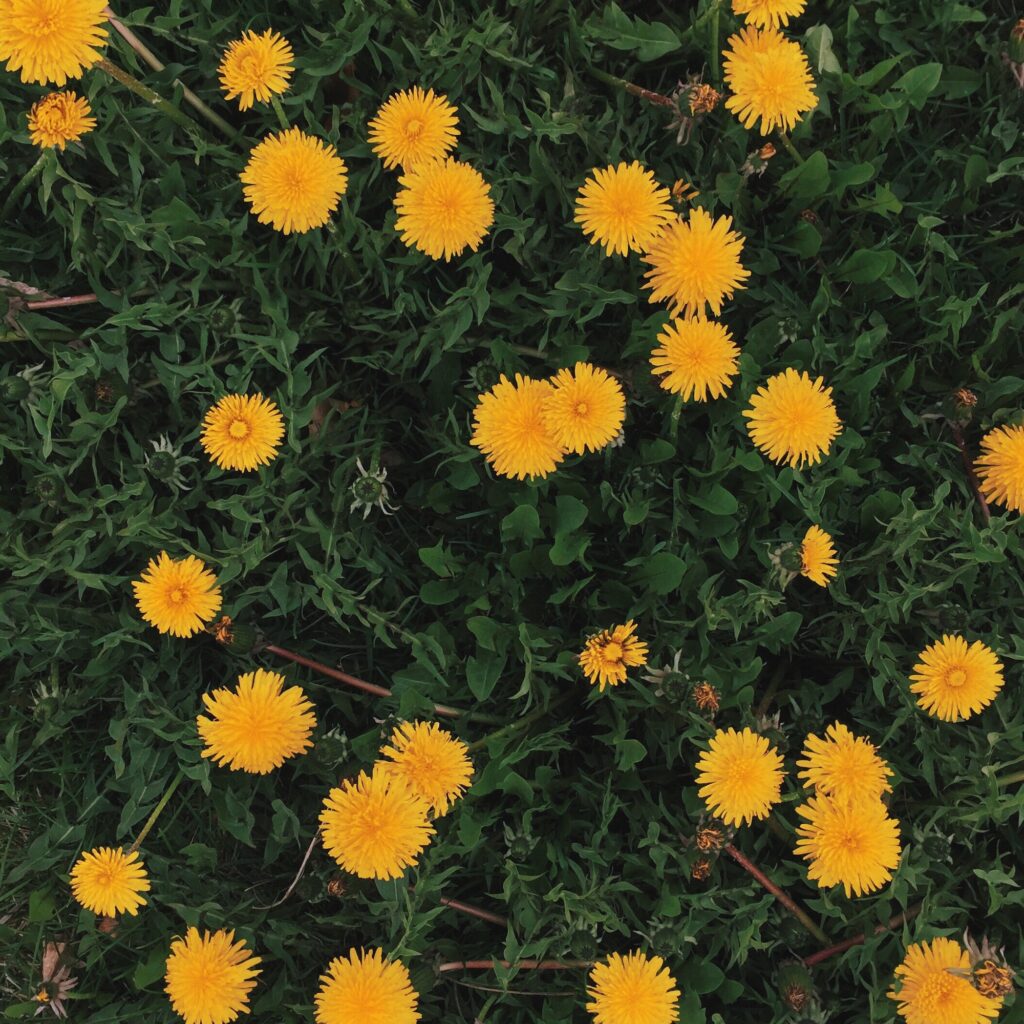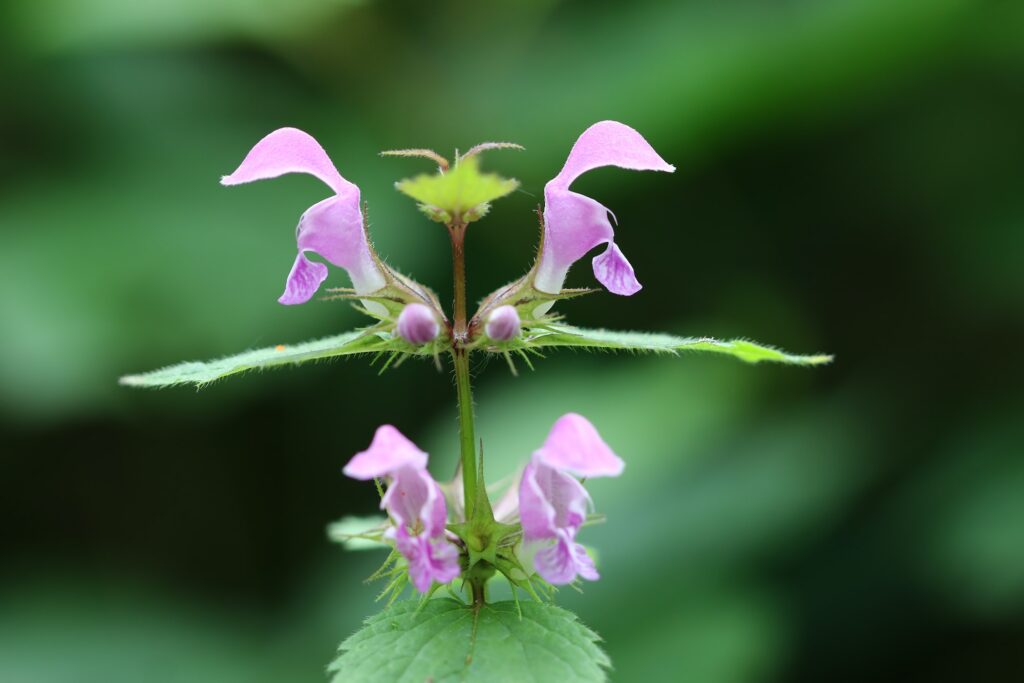Did you know you have common medicinal herbs growing in your backyard? Considered weeds by most, we are going to breakdown some of your most common backyard herbs.
Wild Lettuce
Wild lettuce, also known as opium lettuce, is a legal form of pain relief. It’s effects come from the milky white substance excreted called lactucarium, which compounds are comparable to synthetic versions of painkillers. One study claimed that a mere 30 mg/kg dose of lactucopicrin is similar to a 60 mg/kg dose of ibuprofen. The compounds found in the lactucarium work in the way morphine does, directly impacting the central nervous system, blunting its ability to feel pain. Wild lettuce is also used as a mild sedative and for respiratory issues.
Juniper
We love the smell and properties of juniper. The plant feels spiritual and has been used for centuries. Juniper is a popular evergreen shrub that has needle-like leaves. The herbal uses for juniper start with extracts from the berries, which contain terpinene-5-ol, a compound that stimulates the kidneys. The berries also contain amentoflavone which is shown to have antiviral properties. Some people ingest juniper in tea to help with respiratory issues along with fighting inflammation and helping the body flush excess fluids/toxins.
Along with medicinal benefits, juniper also has ceremonial benefits. If you want to burn juniper needles, you can strip some from your garden shrub. The smell is powerful and sacred.

Dandelion
A versatile plant. Every part of the plant can be used for medicinal benefits from the flower to the root. The leaves and roots contain vitamins A, C, K, B, and minerals such as potassium, calcium, iron, magnesium, and zinc. Add as a culinary addition or to tea.
- They act as a mild laxative to encourage healthy digestion while also balancing bacteria in your gut. The roots are the best part for digestion. Source
- Known to help with minor skin injuries by regenerating chapped/dry skin. It also helps combat infections which can be used in place of triple antibiotic creams.
- Both the root and leaves are used for liver support. Eat the leaves in salads or add them to a pesto. Roasted roots can be added to tea/coffee or created into a tincture. Source
- Containing different nutrients to support your body’s natural detoxification system, dandelions can help with hormonal imbalances. Since dandelions are a natural diuretic, they help flush excess water out of your kidneys and bladder to help relieve fluid retention and bloating associated with PMS, UTIs, and mastitis. Source
- Containing several phytochemical compounds to have anti-inflammatory properties it is believed dandelions may decrease inflammation in the body. Source
- They may help balance blood sugar levels and lower your cholesterol. Some early studies suggest that dandelions might help balance blood sugar levels and lower your total cholesterol levels. It also raises HDL cholesterol, which is good! Some studies suggest the roots have anti-diabetic properties to enhance insulin secretion and hyperglycemic events. Source

Chickweed
Chickweed contains plant compounds that can help relieve/break up mucous membrane secretions to help clear lung congestion. High in many nutrients such as vitamin C and antioxidants, this herb can help with healthy weight loss, digestive health, and skin health.
Cleavers
Those sticky little weeds can help your lymphatic system! Cleavers enhances the function of the lymphatic system and improves its ability to flush out toxins, decrease congestion and reduce swelling. Source
The cleansing action of this herb enhances the function of the immune system. Add this to tea to give your immune system a little boost.
Nettles
Full of all the nutrients, including calcium, magnesium, iron, B complex vitamins, C complex, vitamins A, D, and K, protein, cobalt, trace minerals, zinc, copper, and sulfur. Source
Nettle can offer relief for seasonal allergies, strengthen the skeletal system, and promote a healthy respiratory/nervous/hormonal/and immune system. A versatile herb that is underrated.

Start Exploring Your Backyard
When working with herbs, we always suggest you do your due diligence when identifying or injesting plants for medicinal purposes. Everything in moderation and always consult an expert.
Here are some good educational resources you can use to help you identify these and other plants growing in your backyard or contact our partner to learn more.
Grow Your Own Medicine: Handbook for the Self-Sufficient Herbalist (Herbology for Beginners)
Post Tags :
